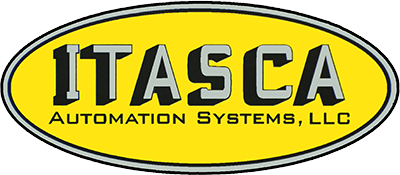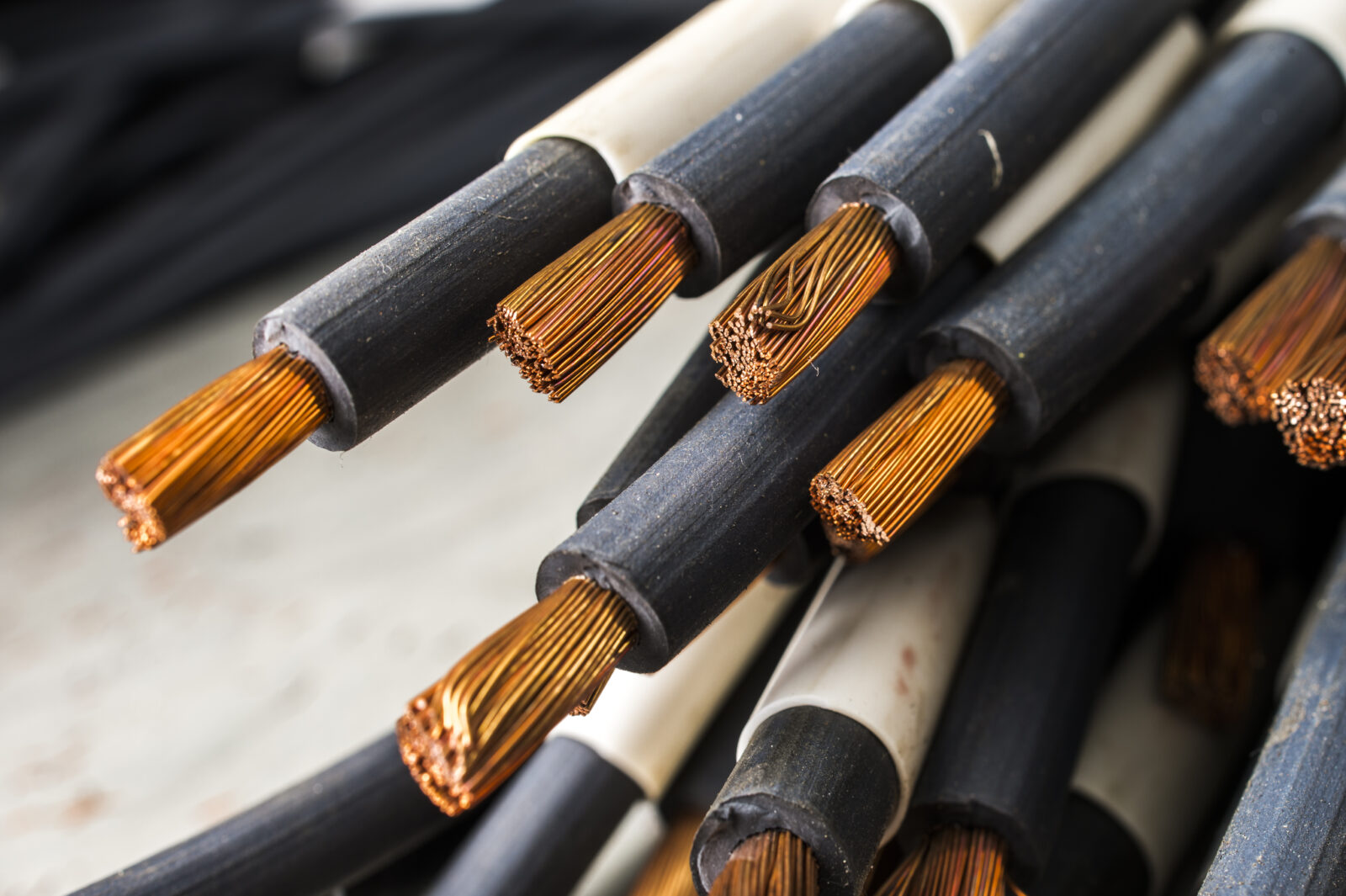In the precision-driven world of coil winding and electrical component manufacturing, efficiency isn’t just a metric—it’s the backbone of productivity and profitability. As demands increase for higher throughput, tighter tolerances, and automated quality assurance, manufacturers are turning to advanced equipment to optimize every stage of production. One of the most transformative innovations in this landscape is the inline wire stripper.
Inline wire strippers are designed to automate the critical process of removing insulation from wires, integrating seamlessly into coil winding and finishing systems. This once manual task is now being revolutionized by automation—delivering consistent results, reducing labor costs, and drastically improving production cycle times.
The Wire Stripping Challenge in Coil Winding
Wire stripping is a deceptively simple process: remove the insulation without damaging the wire underneath. However, in precision applications like motor coils, transformers, and solenoids, this process becomes exponentially more critical. Even a slight nick in the conductor can compromise electrical performance, longevity, and safety.
In traditional setups, wire stripping is often performed as a secondary, manual process. This introduces several challenges:
- Inconsistent quality: Manual stripping is prone to variation, especially across multiple shifts or operators.
- Increased labor costs: Skilled labor is required to perform this task with the necessary precision.
- Bottlenecks in production: Wire stripping, when done offline, interrupts workflow and increases handling time.
- Higher risk of contamination: Manual handling increases the chance of introducing contaminants to sensitive components.
These challenges are not just inconvenient—they can have real consequences on yield rates, rework costs, and final product reliability.
What is an Inline Wire Stripper?
An inline wire stripper is a precision tool integrated directly into an automated production line, often as part of a coil winding or wire finishing system. It automates the insulation removal process in real-time, stripping wires immediately before or after a winding operation without interrupting the workflow.
Unlike manual or benchtop strippers, inline wire strippers are designed for:
- High-speed performance: Capable of stripping hundreds or thousands of wires per hour.
- Precision control: Programmable for different wire sizes, insulation types, and strip lengths.
- Seamless integration: Engineered to work with other automated machinery such as winders, soldering stations, or taping machines.
By embedding wire stripping into the process flow, manufacturers can achieve a truly continuous, lights-out production environment.
The Benefits of Inline Wire Strippers in Manufacturing
The adoption of inline wire stripping technology yields a wide range of operational benefits. Below are the most significant advantages:
1. Dramatic Increase in Throughput
Inline wire strippers operate at speeds unattainable by human hands. By eliminating the need for manual intervention, production lines can run at higher speeds with fewer pauses. This reduces cycle times and allows companies to meet demanding production quotas with greater ease.
2. Improved Precision and Consistency
Each strip is executed to the exact same depth, length, and location, ensuring uniformity across all components. This consistency enhances electrical performance and reduces the likelihood of product failure due to improper stripping.
3. Reduced Labor Costs
Labor is one of the most expensive and variable components of manufacturing. Inline wire stripping eliminates the need for dedicated manual labor for insulation removal. Operators can be reallocated to higher-value tasks, reducing overall staffing requirements without sacrificing quality.
4. Fewer Production Errors and Less Scrap
Improper wire stripping can result in damaged conductors, which often means scrapping the entire part. Inline wire strippers significantly reduce the risk of conductor damage and insulation residue, improving overall yield and minimizing costly rework.
5. Streamlined Workflow and Reduced Handling
Every time a component is moved manually, it’s at risk for damage, contamination, or misplacement. By automating wire stripping inline, the production process becomes smoother, more reliable, and less prone to errors caused by excess handling.
6. Better Integration with Smart Manufacturing Systems
Modern inline wire strippers often include features such as programmable settings, sensor-based verification, and integration with MES (Manufacturing Execution Systems). This connectivity enables real-time monitoring, traceability, and process optimization—a crucial advantage for Industry 4.0 manufacturers.
Inline Wire Strippers in the Coil Winding Industry
For companies in the coil winding industry, like those manufacturing motors, inductors, solenoids, and transformers, inline wire strippers are a strategic investment. These machines can be paired with multi-spindle winders, automated soldering systems, and terminal insertion machines, creating a cohesive production cell.
In complex applications, wire stripping may need to account for variations in insulation thickness, temperature sensitivity, or wire geometry. Inline wire strippers from leading machine designers—such as Itasca Automation Systems—are custom-built to meet these specific challenges.
Such systems leverage advanced motion control, vision systems, and real-time feedback to adapt to each unique wire, ensuring optimal results on every pass.
How Itasca Automation Systems Enhances Inline Wire Stripping
At Itasca Automation Systems, we understand that no two coil winding operations are the same. That’s why we approach machine design with a modular mindset, offering tailored, integrated solutions that reflect each client’s unique production needs.
Our inline wire strippers are not off-the-shelf tools—they are precision-engineered components within a larger, highly collaborative automation solution. Our approach includes:
Collaborative Engineering
We work hand-in-hand with our clients to design systems that optimize space, performance, and workflow. Using 3D CAD and concurrent engineering methods, we ensure the inline wire stripper fits seamlessly into your existing or newly developed lines.
Lean, Modular Machine Design
Our modular systems allow for scalability and flexibility. Whether you’re retrofitting a single machine or building a full turnkey line, our inline wire strippers can be configured to meet your evolving needs.
Full Integration with Finishing Processes
Our inline strippers are often deployed in combination with taping, soldering, testing, or terminal insertion stations. This creates a fully enclosed, synchronized process that maximizes uptime and repeatability.
Built for Durability and Long-Term Use
Itasca machines are built on a foundation of precision and durability. Located in the heart of Door County—an area known for world-class craftsmanship in industries like yacht building—we bring the same commitment to excellence to every piece of equipment we produce.
When to Consider Adding an Inline Wire Stripper
Not sure if an inline wire stripper is right for your operation? Here are a few scenarios where it makes the most sense:
- You’re scaling production: If your team is ramping up output or taking on higher-volume contracts, inline stripping will prevent bottlenecks.
- You’re struggling with quality consistency: Inline systems ensure that every wire is stripped to spec—every time.
- You’re facing labor shortages or high turnover: Automated systems reduce dependency on manual labor, stabilizing your production regardless of workforce availability.
- You’re looking to modernize: Adding inline stripping is an important step toward Industry 4.0 readiness and smart factory integration.
A Real-World Impact Example
Consider a manufacturer of miniature motor coils used in medical equipment. Initially, this company used manual stripping stations downstream of their coil winding machines. The result was a bottleneck that required six full-time operators just to keep up.
By integrating inline wire strippers from Itasca Automation Systems into their winding cells, they were able to:
- Increase line throughput by 40%
- Reallocate three employees to final inspection
- Eliminate nearly all stripping-related rework
- Reduce total production time per unit by 15%
The ROI on this upgrade was realized in under eight months, and the company is now working with Itasca on further automation projects.
The Future of Coil Winding is Inline
In an industry where milliseconds and microns matter, inline wire strippers are no longer a luxury—they’re a necessity. As more manufacturers embrace smart automation and lean production, the inline stripping process will continue to play a pivotal role in enabling faster, cleaner, and more consistent output.
The future of coil winding belongs to those who innovate—those who optimize not just for speed but for quality, flexibility, and scalability.
Let Itasca Automation Systems Help You Transform Your Production
At Itasca Automation Systems, we specialize in building precision automated machines for the coil winding industry. Our inline wire strippers are just one part of our modular, customizable approach to helping manufacturers improve quality, cut waste, and scale operations.
Located in scenic Door County, Wisconsin, we’ve built our reputation on engineering excellence and long-term client collaboration. Whether you’re building motors for EVs, transformers for power grids, or coils for industrial automation, we’re ready to design the right solution for you.
Are you looking to streamline your production with an inline wire stripper? Let’s talk. Our engineers are ready to learn about your challenges and deliver a custom automation system that will give your business the edge it needs.




No responses yet